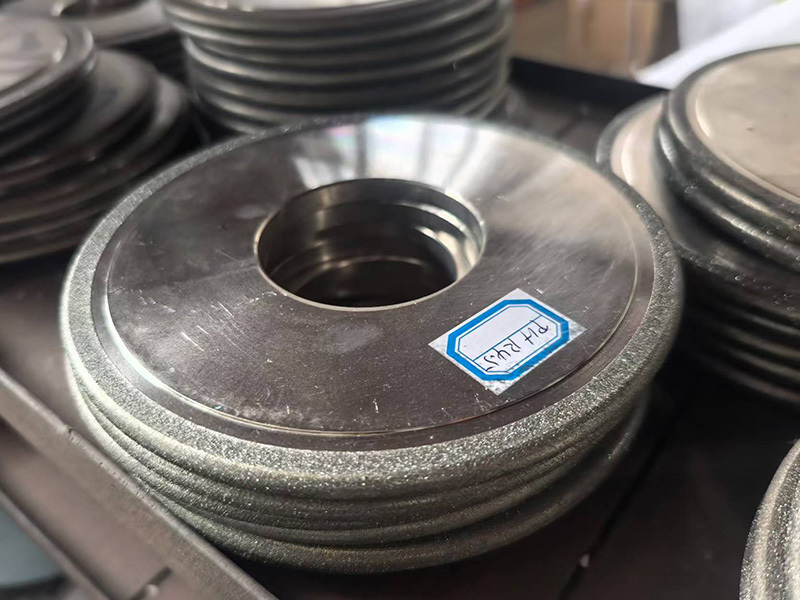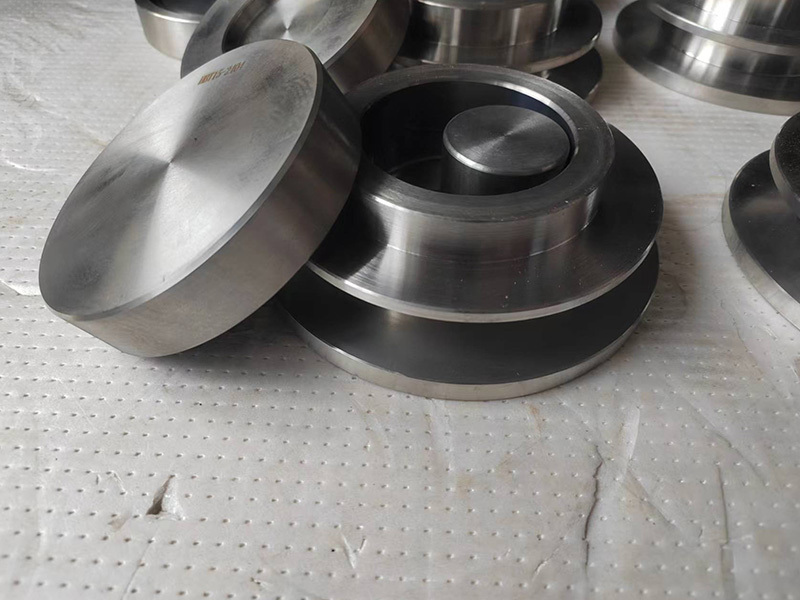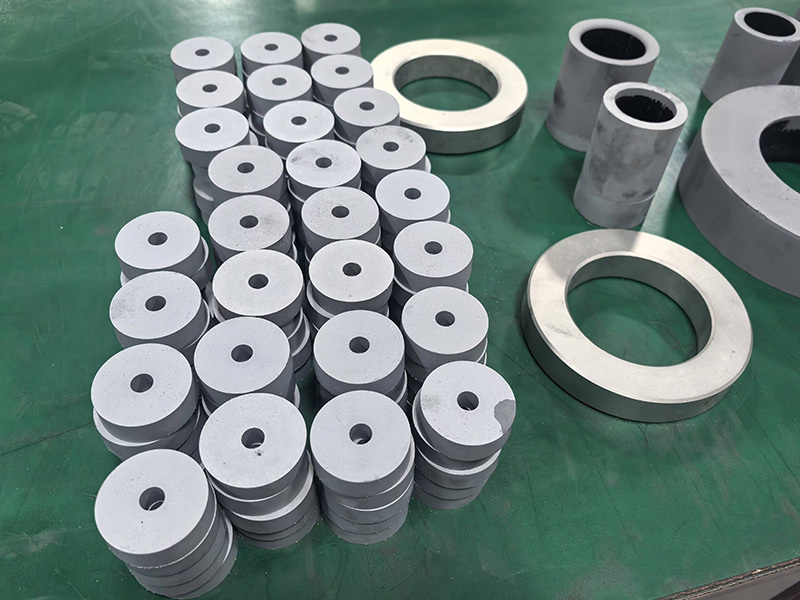Common Questions About Drawing Molds: Unveiling the Mysteries
Understanding Drawing Molds
When you first hear the term drawing molds, it might sound a bit technical, right? Well, it is. But don't worry, we’re here to simplify it! Drawing molds, or Drawing Molds in Chinese, are essential tools in the manufacturing process, particularly for shaping metal and plastic. Let’s dive deeper and unravel the common questions surrounding these pivotal instruments.
What Exactly Are Drawing Molds?
Drawing molds are specialized tools used to create a specific shape by pulling material through a die. Think of it as squeezing toothpaste from a tube — you apply pressure, and voilà, out comes the desired form! This technique is widely used in various industries, including automotive, aerospace, and even electronics.
Why Are They So Important?
Ah, the million-dollar question! Why bother with drawing molds? Well, they offer precision and consistency, ensuring that every piece produced meets rigorous standards. Imagine trying to build a car with uneven parts; it would be a recipe for disaster! Drawing molds help maintain uniformity, reducing waste and enhancing efficiency.
Common Issues and Their Solutions
Let’s face it, no tool is perfect. Drawing molds come with their own set of challenges. Here are some common issues you might encounter:
- Wear and Tear: Over time, molds can wear down. Regular maintenance and timely replacement can save a lot of headaches.
- Material Blockage: Sometimes, materials get stuck. Using proper lubrication can help keep things flowing smoothly.
- Inconsistent Quality: If the final products don’t match your expectations, it’s likely a problem with the mold design or material. Always review your designs!
How to Choose the Right Drawing Mold?
Choosing the right mold can be as tricky as picking the right outfit for a first date! Here are some tips:
- Understand Your Materials: Not all molds work with every material. Know what you’re working with.
- Consider Your Production Volume: High-volume production might require a more durable mold.
- Consult with Experts: Don’t hesitate to ask for advice. Sometimes, a little expert insight can go a long way!
Maintenance Tips for Longevity
Now that you’ve got your drawing mold, how do you keep it in tip-top shape? Here’s the scoop:
- Regular Cleaning: Dust and debris can affect performance. Clean your molds regularly for optimal results.
- Lubrication: A little grease can work wonders! Regular lubrication helps reduce friction and wear.
- Inspect for Damage: Keep an eye out for chinks or cracks. Early detection can prevent bigger problems down the line.
The Future of Drawing Molds
As technology advances, so do drawing molds. With innovations like 3D printing and computer-aided design (CAD), the future looks bright. These advancements promise to enhance precision and lower costs, making it easier for manufacturers to produce high-quality products.
Final Thoughts
In the world of manufacturing, drawing molds (Drawing Molds) play a crucial role. By understanding their importance, addressing common issues, and following maintenance tips, you can ensure your molds serve you well for years to come. Remember, a little knowledge goes a long way. So, the next time someone mentions drawing molds, you’ll be ready to impress!
Tags:
Related news










